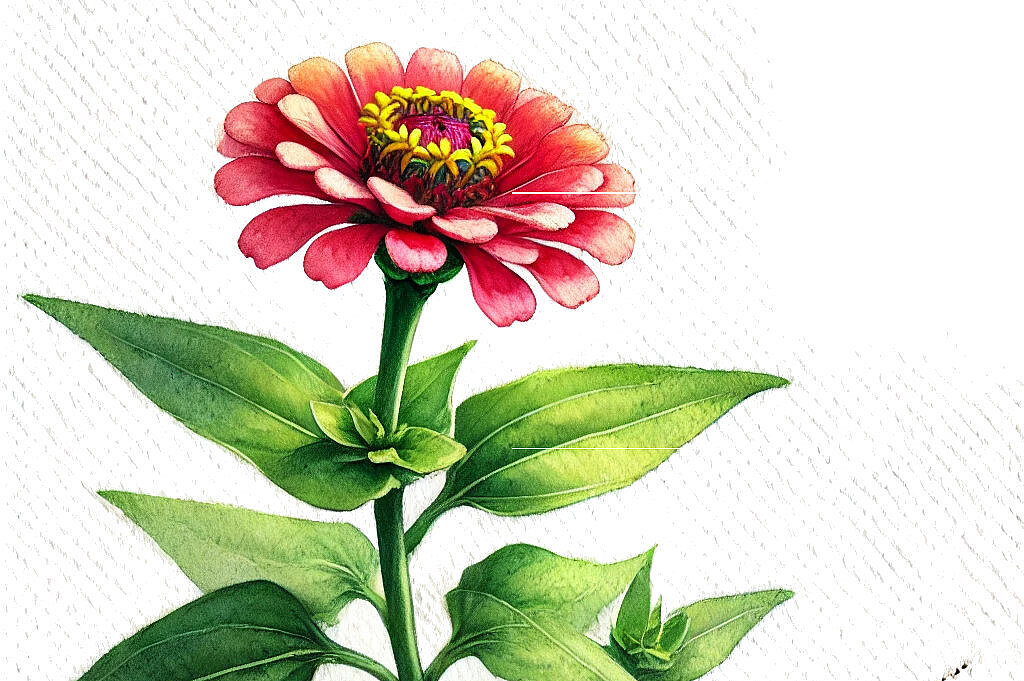Gerbera

The gerbera, with its stunning color palette and large, sunbeam-like blooms, is a popular choice for garden lovers and flower arrangers worldwide. But while this plant is undoubtedly a feast for the eyes, dog owners are often concerned about its safety. Can the bright beauty of the gerbera be a joy for our four-legged friends too, or does it carry unknown risks? In this article, we delve into the world of the gerbera to shed light on its characteristics, potential benefits and the risks it could pose to dogs.
What is Gerbera?
The gerbera (Gerbera jamesonii) belongs to the Asteraceae family and is a perennial plant originally from South Africa. With its striking and colorful flowers ranging from white to yellow, orange, red and pink, the gerbera is a popular choice for bouquets and garden borders. It symbolizes beauty, innocence and purity, making it a common gift on various occasions.
Benefits of the gerbera for dogs
Non-toxic
One of the biggest reliefs for dog owners is the fact that gerbera is non-toxic to dogs. Unlike many other ornamental plants, it poses no direct toxicity risk should your dog decide to nibble on a flower.
Aesthetic value
Although this benefit is more for the dog owners than the dogs themselves, the presence of gerberas in the environment contributes to an aesthetically pleasing and cheerful ambience that can positively influence the general well-being and mood in the home.
Possible risks and disadvantages
Mechanical injuries
Despite their non-toxicity, Gerbera stems and leaves, as with many other plants, can cause mechanical injuries such as cuts or scratches in the mouth of a curious dog, especially if chewed intensively.
Gastrointestinal complaints
Although it is not poisonous, eating plant material that a dog's digestive tract is not used to can cause mild gastrointestinal discomfort. Symptoms may include vomiting, diarrhea or slight lethargy.
Allergic reactions
Some dogs may be sensitive to certain plants or pollens. Although it is rare, there is a possibility that gerbera can also trigger allergic reactions, which can manifest as skin irritation, sneezing or eye irritation.
Recommendations for dog owners
If you want to have gerberas in your home or garden, it is advisable to place the plants out of your dog's reach. However, if your dog shows an interest in the flowers, watch his behavior carefully.
The gerbera, with its variety of bright colors and non-toxicity to dogs, can be a safe and enjoyable addition to your home and garden. However, as with any plant, it is important to exercise caution and ensure that your dog is not inclined to chew on or eat the flowers. With proper placement and supervision, you can enjoy the beauty of the gerbera without worrying about your dog's safety.
If you notice any signs of hypersensitivity or poisoning in your dog, you should see your vet immediately. We are not a substitute for a vet, but we try to be as accurate as possible. Every dog reacts differently and we recommend you get a second opinion or consult your vet if in doubt.
Stay healthy and take good care of your four-legged friend!😊
Similar to Gerbera
Sunflowers are plants from the composite family that originally come from North America. They have large, yellow flower heads that are oriented towards the sun. Sunflower seeds are extracted from...
The chrysanthemum is a genus of plants in the composite family. There are over 200 species of chrysanthemum, which bloom in different colors and shapes. Most chrysanthemums originate from Asia,...
Dahlias are a genus of plants from the composite family. They originally come from Central America and were brought to Europe in the 18th century. Today, there are more than 20,000 different dahlia...
Zinnias belong to the Asteraceae family and are known for their vibrant colors and variety of flower shapes. Originally from Mexico, they have established themselves as popular ornamental plants in...



